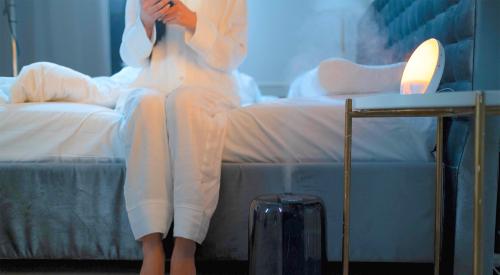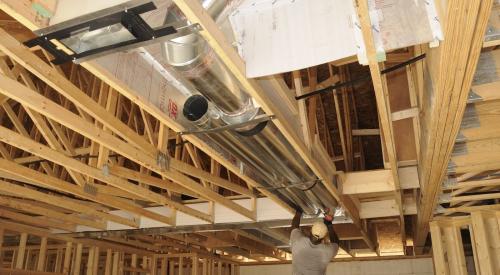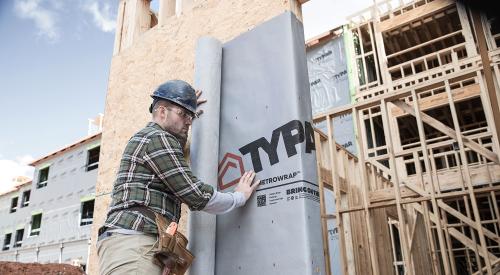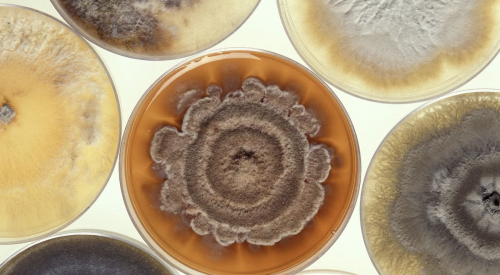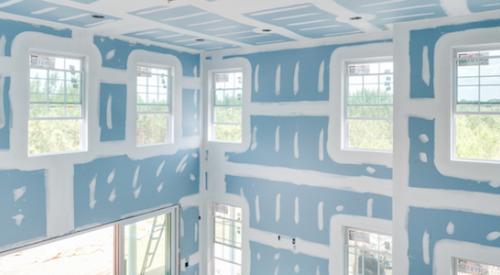The latest developments in Tucson, Ariz. and Milford, N.H. bring the national total to 18 houses in 11 states since the program began in 1993. These demonstration houses provide a means of educating builders and homeowners on how to more effectively make choices when building, remodeling and maintaining a house.
One key factor in creating a healthier house is controlling excess moisture or relative humidity levels that can build up in a house. High levels of relative humidity in a house provide an ideal breeding environment for house dust mites, which are well known irritants to individuals who suffer from asthma or other lung diseases.
A second key factor is reducing excess air infiltration where warm air meets cold air within the wall cavities. That meeting can cause moisture to form in the walls. The water condensation can contribute to mold growth, which can cause upper respiratory irritation for occupants of the house.
Dianne Walsh Astry, national director of Health House, said, "We know that the quality of the air we breathe is equally as important as the kinds of lifestyle we lead for greater health and longevity. While we can't always control the air quality outside our homes, we can learn how to control the quality of the air we breathe indoors."
In Tucson the ALA of Arizona is partnering with Case Enterprises, the developer, the Innovative Business and Construction Solutions (IBACOS) and the Building Science Corp.in the community of Civano to build two houses following the Health House performance standards developed specifically for hot and dry climates. The two demonstration houses will showcase products and building materials including heating, ventilation and air conditioning, air filtration, foundations, thermal performance and finishing products such as paints and flooring. One house is being built out of RASTRA (a cementious composite material) and adobe. This house will include natural gas and solar hot water heating, mechanical ventilation and high efficiency air filtration. The second house is being framed with wood and will have a stucco exterior. This house will include an all-electric system, solar hot water heating, mechanical ventilation and high efficiency air filtration. A grand opening is scheduled for June 11-13.
In Milford, the Health House will be built in the Badger Hills housing development; a 271-acre site located 45 miles northwest of Boston, Mass. The Health House advisory team and Harry Standel, president of both Sevar Corp. and Badger Hill Development are working together to build the contemporary new England styled house. From the foundation to the roofline the Sevar Corp. will use the Blue Maxx system. This concrete forming system is made from stay-in-place polystyrene forms and uses reinforcing steel bars. The forms accept any exterior siding and interior wall materials. The opening date is scheduled for Sept. 10 to 12.
The latest developments in Tucson and Milford are part of a Health House project series that started in 1993 with the first Health House demonstration site in Eden Prairie, Minn.
